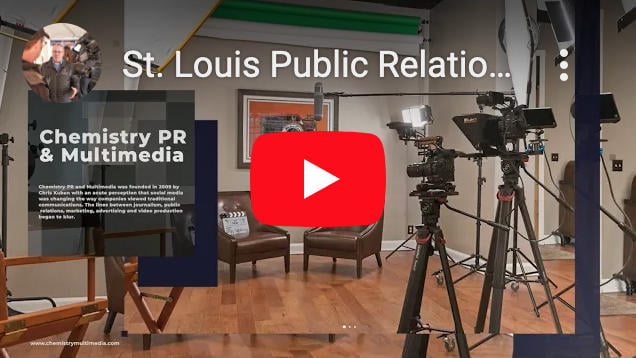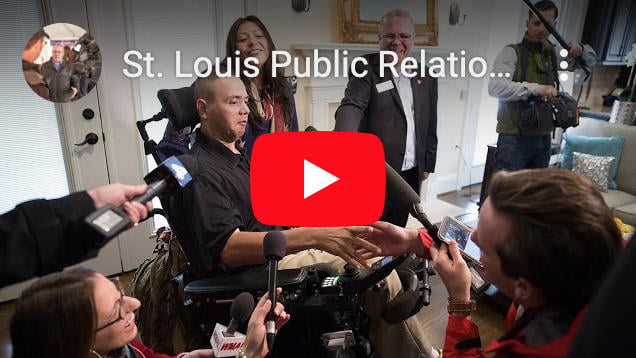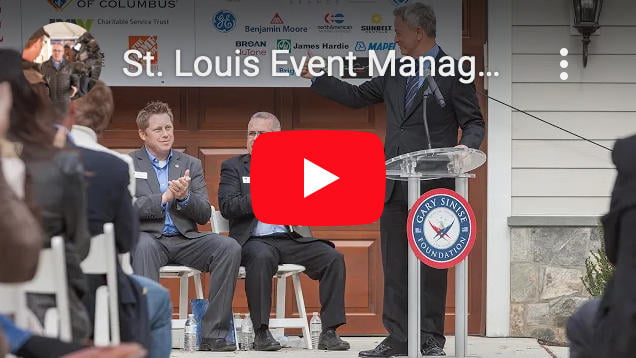Keys to Promoting Organizational Culture
Organizations small and large, for-profit and non-profit all have something in common – Organizational Culture.
Organizational culture is how an organization does what it does thus creating the resulting behavior of those within the organization. It is simply a system of values and beliefs that are shared by people that, in turn, influences the way they do their jobs, how they interact with others and how they act within the context of the organization, as well as with customers and/or clients.
 While organizational culture looks similar among many organizations, there will always be a degree of uniqueness in each organization. The uniqueness is directly relative to the organizations’ brand. I will talk more about culture and the important connection to brand a little later. Take for instance Home Depot and Lowes. Two similar companies with very different corporate culture and values.
While organizational culture looks similar among many organizations, there will always be a degree of uniqueness in each organization. The uniqueness is directly relative to the organizations’ brand. I will talk more about culture and the important connection to brand a little later. Take for instance Home Depot and Lowes. Two similar companies with very different corporate culture and values.
While there are many studies and articles focused on fixing and changing organizational culture, this blog is intended to share the keys to promoting organizational culture, the importance of promoting it, the purpose of promoting it and then allow for some practical ideas for how to promote it.
The first key to effectively promoting organizational culture is first to understand the culture. It is important to understand it well enough to effectively recognize its excellent points and its problems. And, when problems arise, it’s important to devise plans for developing solutions, which can mean changing the culture completely or in part.
So, why is it important to promote organizational culture?
Promoting organizational culture is important because it conveys goals and objectives of the organization. For example, one powerful way to convey the goals and objectives is to look for ways to motivate team players to buy into those goals and objectives and adopt them as their own. In this sense, the culture can be developed by the processes and programs in which organizations reward workers for reaching goals and contributing to the success of the organization – Incentives! Keep in mind the short definition of organizational culture. The way organizations do what they do, and the resulting behavior of the people within them.
Promoting the culture transcends the values shared by organizational leadership. People, or groups of people, start businesses or build non-profit organizations because they believe they can provide solutions to problems. They believe they can produce a good or service that fills a need. They believe in their product, service, or idea. And yes, they believe their organization will provide a paycheck.
To create the buzz that draws others to buy their goods and services, or to open the wallets of donors and supporters, leadership needs to first get internal buy-in. They need their own staff members to believe their values are worth adopting and their purposes are valuable. Promoting organizational culture brings team members into alignment with leadership and positions the organization to reach goals and achieve success.
It is also important to promote organizational culture externally. Public opinion matters. For-profit business and non-profit organizations rely on external buy-in. More often than in any previous generations, people, especially millennials, choose to do business or contribute to a cause based on the culture of the organization. People today buy with their heart and conscience.
For-profit based business must sell good and services to achieve success. Non-profits rely on the generosity of external donors, sponsors, and supporters to be successful. Promoting culture gives people outside the organization their reason to do business with them; their ‘why.’
How much can organizational culture mean to a brand from an external perspective? Public reputation formulated by a real or imagined perception of the organizational culture can mean the difference between success and shortcomings. For example, how many people in your own circles have given thought to discontinuing Amazon Prime memberships, or to discontinuing shopping at Amazon since the press alleging cultural abuses was released by the New York Times? We are not here to dissect that story but many have. It is mentioned here simply to emphasize that this type of cultural promotion, regardless of the degree of truth behind it, can have a serious effect on Amazon. Likewise, a negative perception of the culture of a small business or a non-profit organization could have a devastating effect on reputation, and ultimately, the bottom line. Another example is the crises occurred with the Wounded Warrior Project – Corporate culture was forced to change immediately and now their rebranding efforts are helping to rebrand their tarnished image.
Promoting organizational culture internally and externally can facilitate a sense of ownership and pride in the organization. In August 2015, Entrepreneur released a list of the 10 best organizations in terms of their culture. These companies benefit not only from hiring workers best fit for positions within, they also win customers by the core values those customers appreciate about them. One common idea running through the cultures of each of these organizations is this idea that taking care of employees is the surest way to ensure customers will be cared for, communities will benefit, and organizations will succeed.
What is the best way to promote organizational culture? To effectively promote organizational culture requires a dedicated resource and a plan. Organizations often have internal PR departments or a designated PR person. This department or person may perform a number of tasks related to communications and public relations for the organization. In many cases, however, PR may be a sideline focus for a group or individual. This may be feasible for small companies and start-ups but is a sure roadblock to successfully promoting culture in larger organizations. That is where external PR agencies like Chemistry Multimedia can help.
Organizations of any size and structure will benefit from bringing in a professional agency to implement a plan to promote organizational culture both internally and externally. A neutral point of view is best suited for each phase of successfully promoting culture including research and evaluation of the current culture. By using Focus Groups, you can learn more about your culture and the direction stakeholders want to take your culture. By using these viewpoints, you can then design and implement the plan. This it’s imperative to measuring success and making adjustments where needed.
Dedicated PR professionals are uniquely skilled at collecting quality data needed to assess the current corporate culture, analyzing the data, determining the core values of leadership, and then assessing alignment with the current culture. The final result is a well-outlined step by step plan to communicate and promote the desired culture internally and externally. With Chemistry Multimedia, this plan will include a number of steps and phases, performed by a team dedicated to the success of your organization working alongside your staff toward the common goal of successful buy-in.
What are your goals and desires for your organization in 2017? How will you handle negative press about the culture of your organization when it arises? Call Chemistry Multimedia and learn how we can help promote the culture of your business or organization and help you succeed!








